12:54 | Cusco (Cusco region), Jul. 31.
This Sunday, August 3, marks the deadline to vote for
Machu Picchu as South America's Leading Tourist Attraction, along with the other 15 nominations that Peru has received at the
World Travel Awards 2025.
Our world wonder and national tourism symbol has the opportunity to be crowned once again —for the eighth consecutive year— with this international award that helps to reinforce its formidable charm, which attracts travelers from around the globe.
Taking into account its participations and victories in previous editions of this prestigious international contest, Machu Picchu and Peru have become important competitors and aim to reaffirm their status as favorites.
The World Travel Awards (WTA) were established in 1993 to recognize, reward, and celebrate excellence across all sectors of the tourism industry.
Today, the WTA brand is globally recognized as the ultimate hallmark of quality, and the winners set the benchmark that all others aspire to.
To learn about all of Peru's nominations, visit the official World Travel Awards 2025 website at the following link.
Until when can you vote?
Voting began on April 1 and will end on August 3, 2025, but there is no need to wait until then or leave it to the last minute to vote for Peru's nominations and exceed the four awards earned in the 2024 edition, including the one for Machu Picchu as South America's Leading Tourist Attraction.
How to vote?
To vote for Peru, first log on to the World Travel Awards website and create a personal account.
Once registration is complete, users will receive an email to validate and verify their identity. Finally, they will be able to cast their vote in the selected category.
Machu Picchu is unique in the world
Last July 7, the Inca citadel celebrated the 18th anniversary of its designation as one of the New Seven Wonders of the World.
Machu Picchu generates irresistible interest among travelers from around the world, who long to visit and explore the formidable Inca citadel.
This interest stems from its historical, cultural, archaeological, architectural, geographic, geological, and other features of great universal value, which have earned it recognition as a World Heritage Site and global wonder.
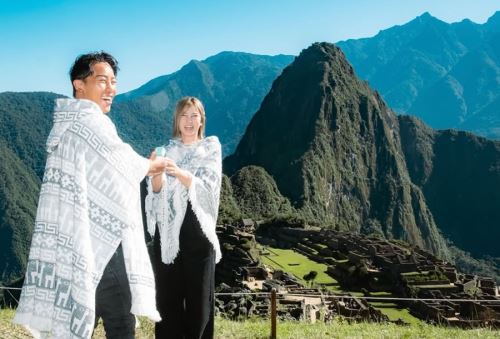
The stone-built citadel is one of the masterpieces of Inca architecture and engineering, of great scientific and cultural importance. It is located northeast of the city of Cusco, 112.5 kilometers away by rail, at an altitude of 2,340 meters above sea level.
Covering an area of 32,302.5 hectares, Machu Picchu was declared a Historic Sanctuary by Supreme Decree No. 001-81-AA on January 8, 1981.
It protects the Llaqta, or Inca citadel, as well as numerous archaeological monuments of great historical and cultural value, and represents the meeting point between the Andes and the Amazon.
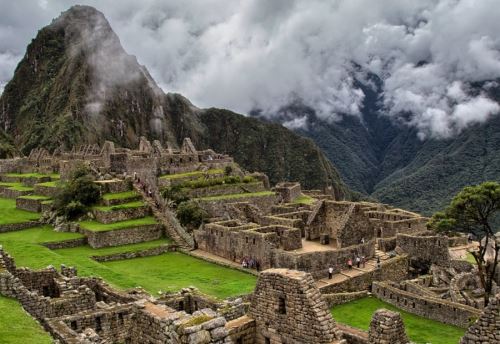
There are around 196 tourist sites within the Inca citadel, including archaeological complexes, plazas, temples, water fountains, monuments, and residences, all interconnected with one another and with the natural surroundings.
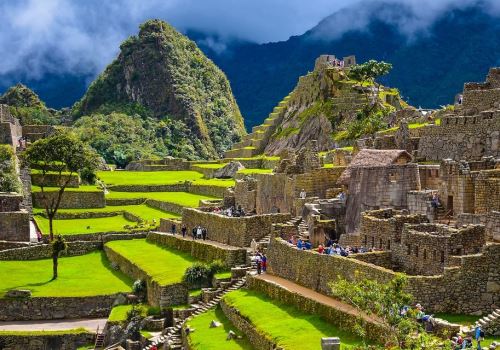
While touring Machu Picchu, visitors can observe two well-defined sectors, separated by a wall approximately 400 meters long. One is oriented toward agricultural purposes and the other features an urban layout.
The agricultural area is characterized by the presence of andenes (terraces), which were used to cultivate various crops.
Very close to this area, there are a few small houses that may have served as dwellings for the farmers.
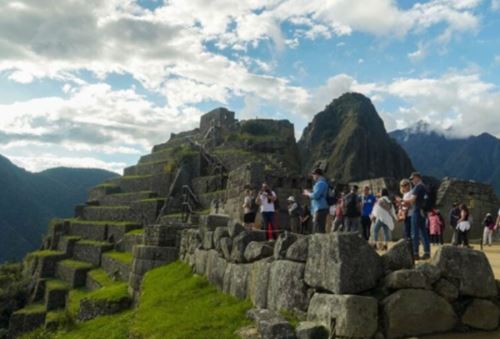
In the urban core, the Royal Residence can be found, characterized by its refined architectural design, larger size, and better structural layout.
You can also see the Sacred Plaza, the main ceremonial venue of the city; the Intihuatana (solar clock), a type of truncated pyramidal monolith; the Three Doorways, a group of buildings made up of three large portals; and the Temple of the Condor, which is believed to have had a ceremonial function.
On December 9, 1983, Machu Picchu was declared a Cultural and Natural World Heritage Site by UNESCO. Later, on July 7, 2007, it was consecrated as one of the New Seven Wonders of the World in a global vote organized by New7Wonders.
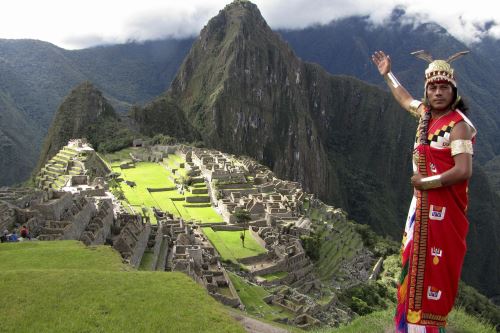
(END) LZD/MAO/JMP/MVB
Published: 7/31/2025